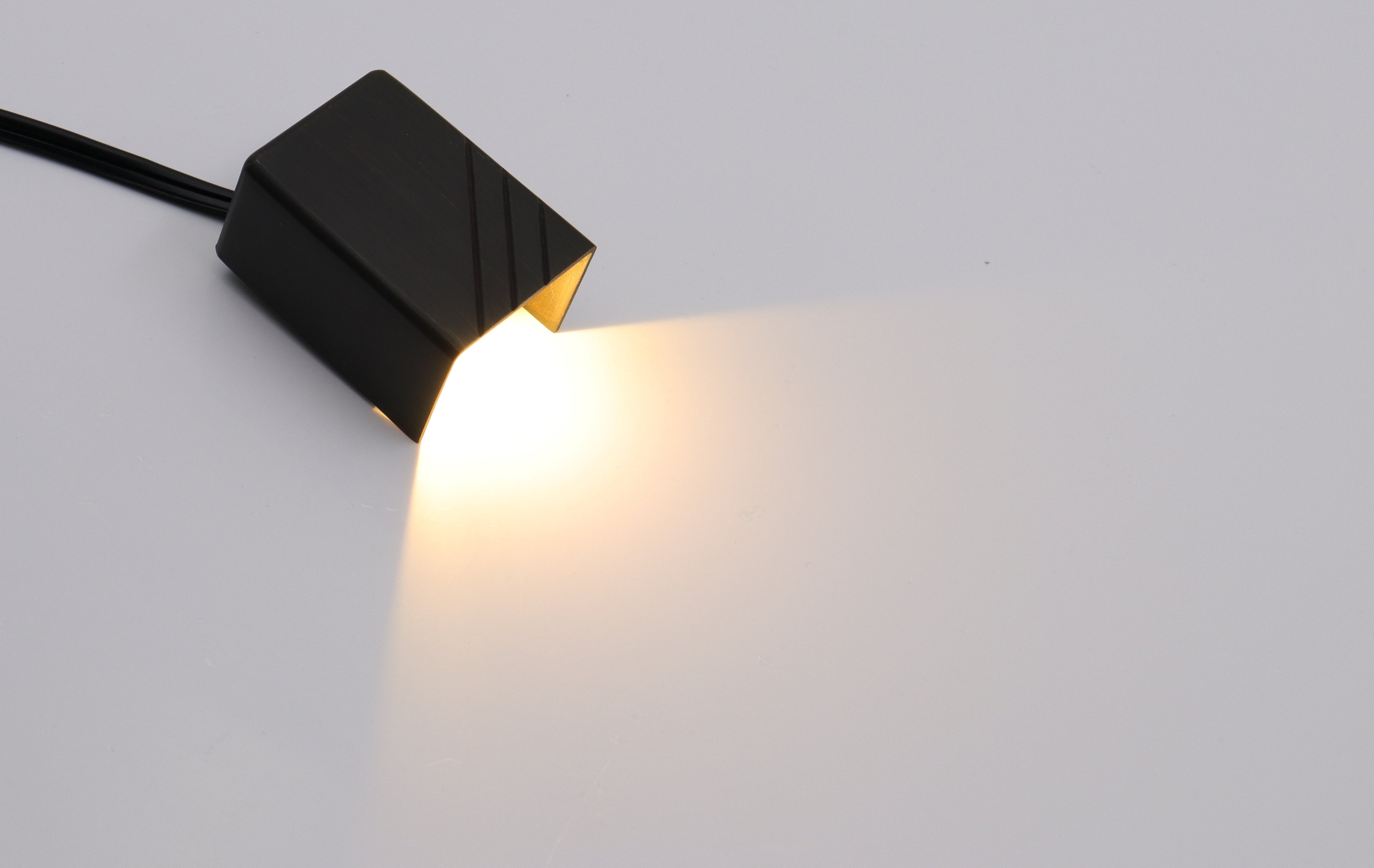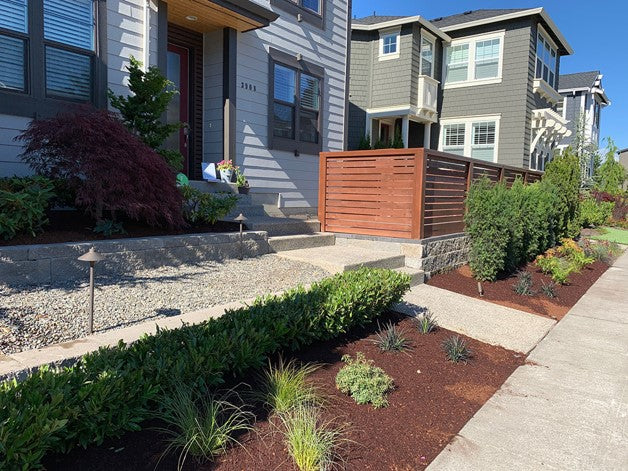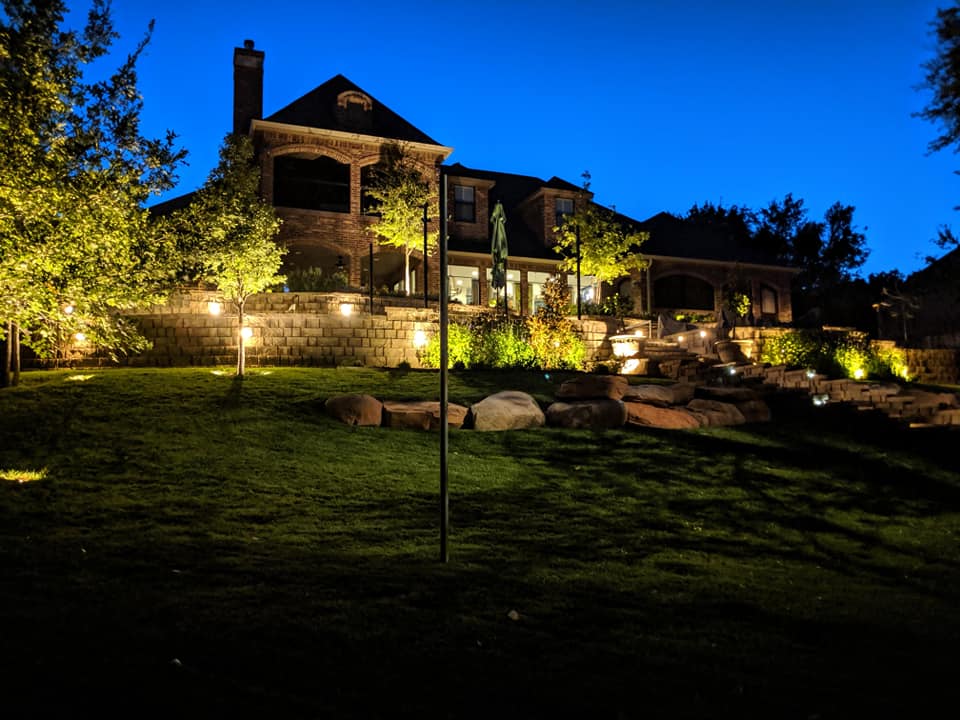Installing landscape lighting wiring can greatly enhance the beauty and functionality of any outdoor space. However, wiring landscape lighting properly is key to ensuring the system works reliably for years to come. Selecting the right gauge and type of wire, understanding how to run the wires, knowing limitations on wire runs, and burying the wires at the proper depth are all critical considerations when installing landscape lighting. For an added touch of creativity and vibrancy, consider using dichroic filters, which can transform your landscape lighting with vivid and precise color control. To learn more about how dichroic filters can elevate your outdoor lighting design, check out this guide on Dichroic Filters: Elevate Landscape Lighting to Artistic Heights. This guide provides key information on landscape lighting wiring best practices so you can plan and execute a professional-quality outdoor lighting installation.
What Type of Wire to Use for Landscape Lighting?
When installing wiring for an outdoor landscape lighting system, using the proper type of wire designed specifically for direct burial and exposure to the elements is an extremely important consideration. There are a few common options electricians and landscape lighting designers typically use:
Direct Burial Outdoor Cable
This is a specialized type of wiring that is explicitly manufactured for outdoor installations where the wire will be buried underground. The key benefit this landscape wire provides is its tough and durable insulation surrounding the inner copper conductor. This thick protective jacket is capable of withstanding prolonged contact with dirt, water, temperature fluctuations from seasons changing, and even potential damage from shovels or aerators cutting through the ground. Direct burial cables are normally made from high-density polyethylene or cross-linked polyethylene. Since this wire is rated for wet locations and direct underground burial without needing any conduit, it makes installing landscape light circuits much simpler without transitioning wire types.
This is why it is the most convenient landscape lighting wiring choice for the majority of low-voltage outdoor lighting projects in most homes and gardens. For more details on why low voltage lighting is the better choice, check out this guide on the top ten benefits of low voltage lighting.
SPT-2 Lamp Wire
Also referred to as zip cord sometimes, SPT-2 is a flexible 2-conductor wire, typically with copper cores and a thin PVC jacket insulation. While it can work acceptably for low-voltage landscape lighting circuits, unlike direct burial cable, it does not have insulation truly formulated to withstand underground installation directly. So, if choosing SPT-2 wire for landscape lights, it would need to be run through a non-metallic conduit piping system buried underground instead of direct burial. This adds complexity compared to using direct burial cables.
THHN Wire
This wire type is normally designed for interior wiring applications. THHN can be utilized to connect the landscape lighting transformers to the home's electrical system indoors as needed, but it does not have the right insulation properties to be buried outdoors directly underground. Any THHN wire routed outside the house would have to first transition to one of the exterior-rated wire choices above.
When deciding which is the best wire type for landscape lighting amongst those main options - direct burial cable, SPT-2, or THHN - direct burial cable is typically the most practical wire for most outdoor installation. By using it uniformly, without transitions between multiple wire types, it offers the most reliable performance and avoids issues resulting from any improper wire splices between the indoor and outdoor connections. It also ensures consistent code compliance and safety, vital factors for outdoor wiring installations. Choosing a high-quality direct burial cable formulated especially for wet, underground installation often proves to be the simplest approach that pays dividends in terms of better system durability over time.

What Gauge Wire for Landscape Lighting?
Selecting the appropriate wire gauge is vital for creating an efficient outdoor low-voltage lighting system. The wire gauge refers to the thickness of the metal conductor inside the insulating wire jacket.
For landscape lighting, typically, 12 AWG or 14 AWG multi-stranded copper wires are used. The gauge needed depends on a few key variables in the lighting system:
Lighting Load
The lighting load refers to the number of light fixtures connected to a single-wire circuit. More landscape lights strung together in a sequence on a wire run increases the electrical load on that circuit. Too many lights can cause excessive voltage drop if the wire gauge used is too small and unable to handle the collective load. Using a thicker 12 Gauge Wire compared to 14 Gauge Wire enables more lights to be powered efficiently in a single lighting zone.
Run Length
In addition to the number of lights powered, the physical length of the wiring run must be factored in when selecting a gauge. Longer wire runs have increased resistance levels and voltage drops compared to short runs.
Fixture Wattage
The wattage rating of the landscape lighting bulbs used also impacts the ideal wire gauge. Low-wattage LED or halogen lamps generally only pull 10-15 watts. But higher-wattage spotlights, flood lights, or accent lamps can draw 20-35 watts or even more. Higher wattage bulbs combined with higher fixture counts tend to necessitate thicker 12 AWG wire runs.
In summary, when designing a landscape lighting plan, it is smart to size wiring for the zone with the maximum anticipated electrical load and distance. This ensures sufficient voltage and consistent brightness from all installed lamps. Following this standard means most systems can rely on 12 AWG wires for all circuits. The flexibility it offers also makes future lighting additions or bulb upgrades simpler by already having sufficient wire capacity designed in upfront. Using consistent wire gauging avoids voltage variances and saves a lot of headaches down the road.
All the factors mentioned above will affect the gauge of the line, see How to Design a Landscape Lighting System in Your Home? will help you to design the lighting system
How Far Can I Run Landscape Lighting Wire?
The maximum wire run length has a direct correlation to wire gauging - a thicker gauge enables farther runs. For any lighting project, understanding maximum run limitations based on wire size is important.
- 12 Gauge Wire: Up to 200 feet from transformer to end fixture
- 14 Gauge Wire: Up to 150 feet from transformer to end fixture
- 16 Gauge Wire: Up to 100 feet from transformer to end fixture
How Deep to Bury Landscape Lighting Wire?
In Soil/Dirt Areas
Bury the wire at least 12-18 inches below grade.
Under Mulch Beds
Place the wire 3-6 inches below mulch level.
Under Grass
In open lawn areas, bury 6-12 inches down from the surface.
Under Hardscapes
Where wire travels under permanent hardscapes like concrete pads, paver patios, or walkways, match the wire trench depth to the same level where the base gravel/sub-base begins. This may mean burial up to 12-18 inches below the finish surface. Tucking wire below the entire foundation layer keeps it protected.

How to Repair Landscape Lighting Wire?
Here are some typical landscape light wire defects and their associated repairs:
Splice Broken Wires
If a wire has been severed or cracked underground, exposing the copper conductor, use a gel-filled, moisture-resistant direct burial splice kit to connect the broken wire ends back together. Waterproof heat shrink tubing or outdoor-rated sealing tape provides added insulation over the repaired section.
Replace Chewed Cables
For sections of wire chewed or damaged too extensively, first identify the faulty portion of the cable. Then, trench to access the area of damage and pull a new wire segment through the path to replace that portion. Use a gel splice kit or direct burial junction box to reconnect the undamaged ends to the new center replacement wire, restoring circuit continuity.
Weatherproof Connectors
If wire connection points under lamp fixtures or near transformers show signs of moisture corrosion, redo them using gel-filled, moisture-proof splice capsules and connectors designed to resist oxidation. Any products rated for wet, underground conditions will restore secure electrical connections.
Run New Wire
For very long wire sections compromised by multiple issues reducing integrity and conductivity, it may be better to trench and run entirely new replacement wire through the areas, clearing out and relieving the ends of the older, defective cable back to sound sections. Use testing to check for additional damage elsewhere downstream.
Related landscape lighting mistakes: 6 Common Outdoor Lighting Mistakes and How to Avoid Them: A Comprehensive Guide.
Best Wires for Low Voltage Lighting
|
Product Code |
Gauge |
Features |
Uses |
Length Options |
Price Range |
|---|---|---|---|---|---|
|
10 |
PVC-coated, waterproof, dust-resistant, UL-listed, suitable for direct burial, max 30V |
Spotlights, path lights, underwater lights |
100ft, 250ft, 500ft |
$98 - $346 |
|
|
12 |
PVC-coated, waterproof, dust-resistant, UL-listed, suitable for direct burial, max 150V |
Spotlights, path lights, underwater lights |
100ft, 250ft, 500ft |
$52 - $229 |
|
|
14 |
PVC-coated, waterproof, dust-resistant, UL-listed, suitable for direct burial, max 150V |
Spotlights, path lights, underwater lights |
100ft, 250ft, 500ft |
$42 - $165 |
|
|
16 |
PVC-coated, waterproof, dust-resistant, UL-listed, suitable for direct burial, max 30V |
Spotlights, path lights, underwater lights |
100ft, 250ft, 500ft |
$27 - $113 |
Final Words
Professional quality landscape lighting relies upon using proper wiring approaches tailored to the unique installation conditions. Choosing suitable wire gauging, wire types, maximum run lengths, and burial depths ensures a fully functional and long-lasting outdoor lighting system.
Planning all wiring runs carefully as part of initial design work and investing in durable wire and accessories provide a satisfying, low-maintenance lighting ambiance to enjoy for many years to come.






Leave a comment
All comments are moderated before being published.
This site is protected by hCaptcha and the hCaptcha Privacy Policy and Terms of Service apply.